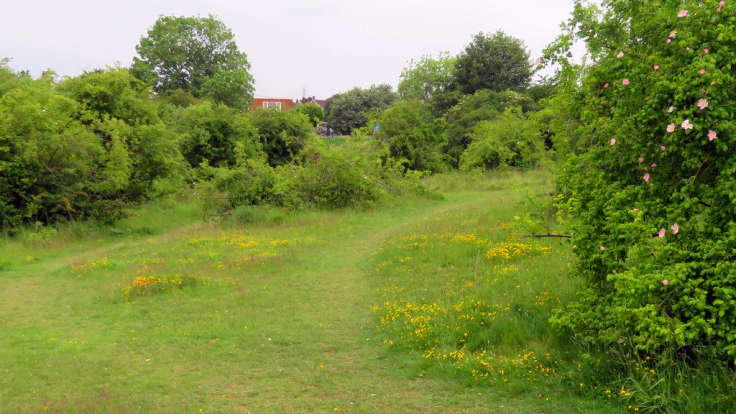
The future of urban green spaces? Low maintenance, wildlife friendly…
If you create any wildlife friendly space, a forest garden included, care is required to design it well, so as to maximise the benefits.
@BotanicalMartin’s recent tweet resonated deeply with me:
I think this will be a blueprint for many of our urban/suburban green spaces in the future - species-rich grassland (irregularly-cut) with scrub (irregularly coppiced), bramble, bare areas, open areas, well-trodden paths. Wildlife. Made possible by Keith & Dave @stocktoncouncil
This is pretty much how I see community forest gardens (or Community Food Forests) developing as well. The low maintenance aspect is crucial. If there is a cost saving and a harvest, then these are the incentives for the council and community groups to keep going with looking after the spaces.
I wrote recently about creating a pond without plastic, and the feedback has been insightful. @ValiantVeggie on Twitter put me on to the Freshwater Habitats Trust, and just a cursory reading of some of the information has driven home the point that the pond will be more successful if you consider some basic facts (most importantly, the source of the water that fills up the pond).
And this led me to thinking about Martin’s tweet about the future of suburban wildlife spaces, and how you really need to consider some basic facts: what wildlife exists there already, who’s using the space and how, what’s the maintenance budget, what wildlife do you want to encourage, what harvest would be most successful.
I have a meeting about some council land which may be suitable for a Community Food Forest, and these are exactly the questions I’ll be considering. And I find it intriguing that although it’s based on some wild scrubland, it’ll be a designed and managed space, all the while working with nature.